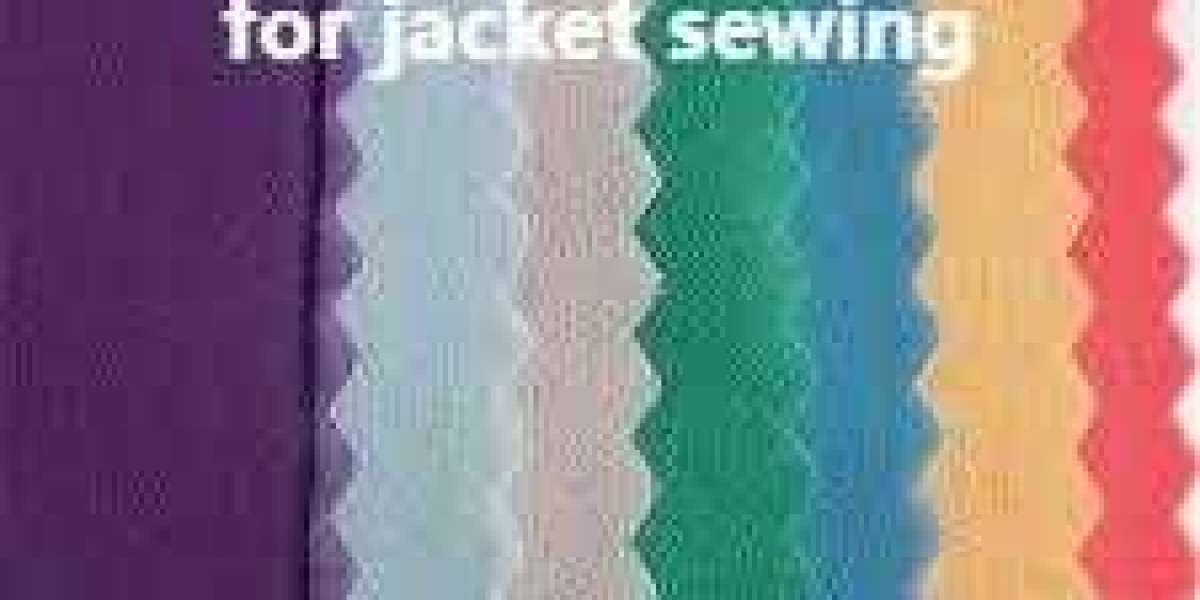The role of Interlining in garment construction is often overlooked, yet the right Interlining delivers structure and comfort that define a finished piece. Designers and manufacturers who understand how to match a supporting layer to fabric type and end use can improve fit, extend product life, and elevate perceived quality without changing surface textiles. This article examines material choices, attachment methods, quality checks, sustainability considerations, and practical selection tips to help teams specify the correct support layer for every application.
Material choices and performance trade-offs
Support layers come in woven, non-woven, and knitted constructions, each offering a different balance of stiffness, drape, and resilience. Woven options generally provide the most body and a tailored look, making them suitable for collars, waistbands, and structured jackets. Non-woven variants are often lighter and easier to fuse, favored for shirts and casual wear. Knitted constructions give stretch and recovery, ideal for knit garments that require reinforcement without restricting movement. Fabric weight, hand, and laundering expectations should guide the choice, since heavier supports can add unwanted bulk while too-light options may fail to maintain shape.
Attachment methods and production implications
How the support layer is attached affects appearance and assembly speed. Fusible systems use heat-activated adhesives to bond the layer directly to the shell fabric, enabling high-speed, consistent production with a clean interior finish. Sew-in inserts remain popular where breatheability and hand-finishing are priorities, or where adhesive could alter fabric behavior. For stretch garments, mechanical stitching or stitch-through stabilization preserves elasticity. Each method demands specific process controls—temperature, pressure, dwell time for fusing, or stitch density and seam allowance for sew-ins—to avoid puckering or compromised performance.
Design integration and garment functionality
Strategic placement of supporting layers improves both look and function. Reinforcing only zones that require it—collar stands, facings, front plackets, and pocket openings—keeps weight down and comfort high. Designers also use graded supports, varying thickness across sizes to maintain consistent silhouette as garments scale. In outerwear, supportive panels can increase wind resistance and help maintain insulation loft; in tailoring, they sustain lapel roll and chest shape. Thoughtful integration ensures the finished item meets both aesthetic and ergonomic goals.
Quality assurance and testing protocols
Consistent performance demands rigorous testing. For bonded systems, adhesion strength after repeated wash cycles is critical; peel tests and wash-fastness standards reveal how bonds will behave in consumer use. Dimensional stability tests gauge shrinkage and flux under thermal and moisture exposure. Durability checks—abrasion, flex, and seam reliability—simulate service conditions. Suppliers and manufacturers benefit from documented batch testing and accessible technical datasheets that link lab metrics to on-floor parameters, reducing the margin of error when moving from sample to full production.
Sustainability and end-of-life thinking
Environmental impact influences material selection and supplier relationships. Recycled fibers, low-temperature adhesives, and waterless finishing processes lower footprint. Choosing support layers that can be separated and replaced extends garment longevity and supports circularity; modular repair strategies often deliver greater environmental benefit than single-use disposables. Certifications and transparent supply chains help brands validate sustainability claims and communicate them to consumers who increasingly expect responsible sourcing.
Practical guidance for specification
Begin by identifying critical zones that require reinforcement and define the target hand and drape. Test small prototypes under realistic laundering and wear scenarios rather than relying on isolated lab numbers. When using bonded layers, validate the fusing parameters with the actual shell fabric and production equipment; what bonds well in the lab may need parameter adjustments on different irons or presses. Maintain open communication with material suppliers to obtain sample roll lengths, technical advice, and trial support to smooth the path from development to mass production.
Selecting the right support layer is a blend of material science, production know-how, and aesthetic judgment. When teams prioritize testing, mindful attachment methods, and lifecycle impact, garments achieve the intended look and perform reliably throughout their usable life. For deeper technical references and product information, see https://www.interlining-factory.com/news/what-is-interlining-types-applications-and-more.html



